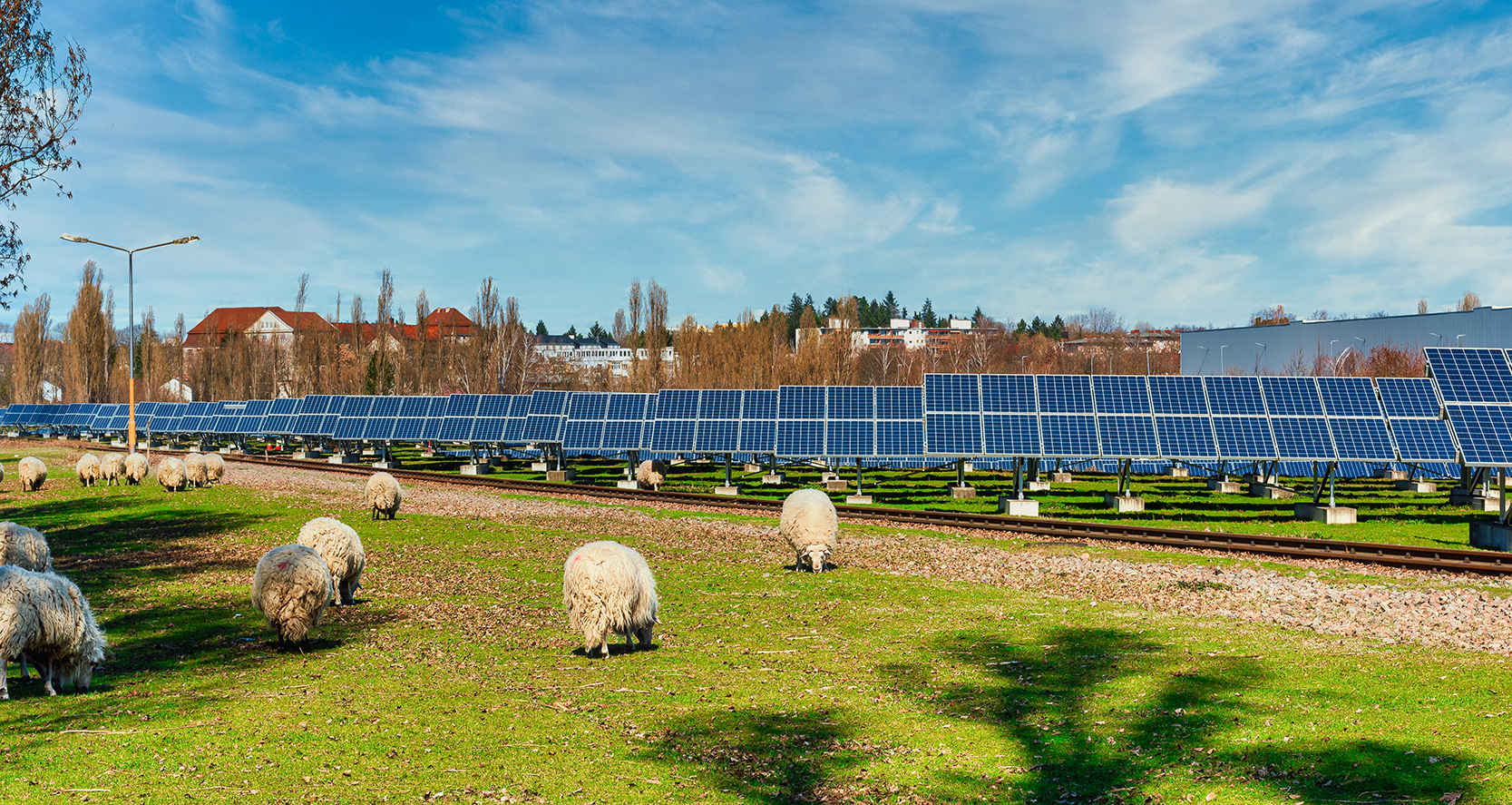While concerns about clean energy infrastructure’s impact on wildlife persist, recent studies reveal a surprising fact: clean energy development can benefit wildlife. By leveraging strategic communications, clean energy companies can build a narrative that goes beyond a simple press release and highlights the positive aspects of the intricate link between clean energy and conservation efforts.
One striking example of this synergy is Agrivoltaics, the innovative practice of co-locating solar panels and agriculture. Picture this: a fascinating relationship between clean energy and agriculture unfolds on a rural Texas sheep farm. Here, sheep graze peacefully beneath solar panels, benefiting from the shade and shelter they provide. This innovative approach benefits both the farmer and the developer of this particular solar development, Enel North America. The sheep help with natural vegetation control, reducing maintenance costs for Enel, while the farm enjoys increased productivity. It’s a win-win situation that inspires and intrigues.
Consider the power of visual storytelling in this context. Imagine creating compelling narratives using captivating drone footage of sheep grazing under solar panels on a scorching, sun-drenched day. This imagery has the potential to ignite the public’s imagination and dispel negative perceptions about the impact of clean energy development around wildlife.
Offshore wind farms, often seen as disruptive to marine life, also offer surprising environmental benefits. Research by Aberystwyth University in the UK highlights the positive effects of offshore wind farms on lobster populations along the UK coastline. At RWE’s Gwynt y Môr Wind Farm in the Irish Sea, researchers found that the scour protection—rocks placed around turbine bases to prevent erosion—created a new habitat for lobsters. These findings illustrate how offshore wind farms can contribute to marine biodiversity.
Collaborations like those between RWE and Aberystwyth University provide scientific validation and offer clean energy developers opportunities to showcase the positive interactions between their projects and wildlife.
Involving the scientific community as co-authors of research papers or as ambassadors further reinforces the credibility of these efforts. Transparency is key: sharing environmental impact assessments, collaborating with independent biologists to monitor wildlife, and openly reporting positive and negative findings show a dedication to responsible development.
Engaging local communities is equally important. Hosting educational events or field trips allows residents to see firsthand how clean energy projects coexist with wildlife, fostering trust and demonstrating a commitment to environmental stewardship.
Mercom Communications works with cleantech clients to create community outreach plans and programs, establish mutually beneficial collaborations, and educate stakeholders about the technologies shaping the energy transition.
By leveraging communications to establish a culture of transparency and collaboration, clean energy companies can position themselves as champions of a sustainable future. This approach builds public support and ensures that clean energy and environmental well-being progress hand-in-hand.

